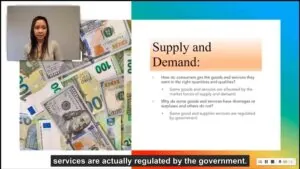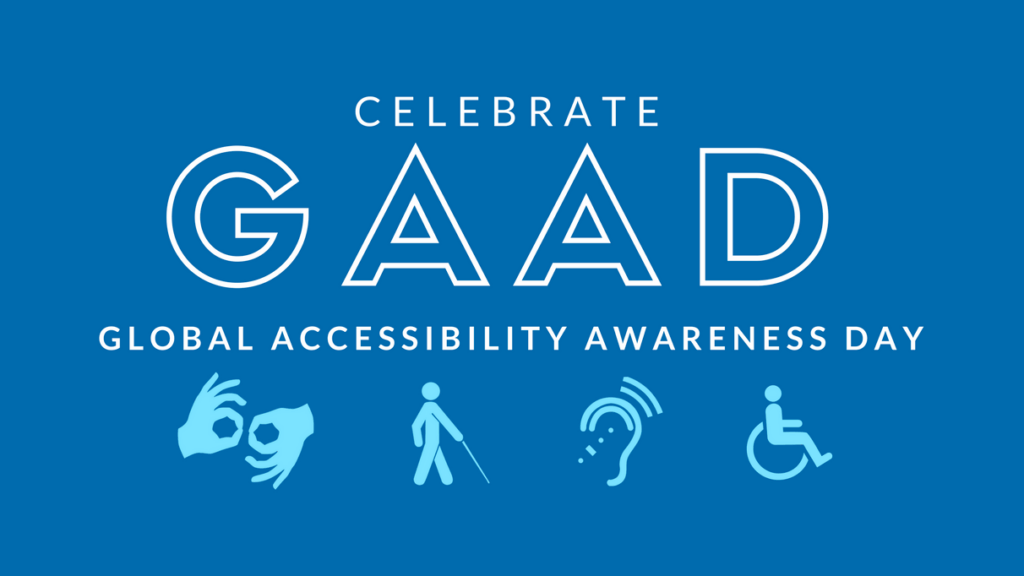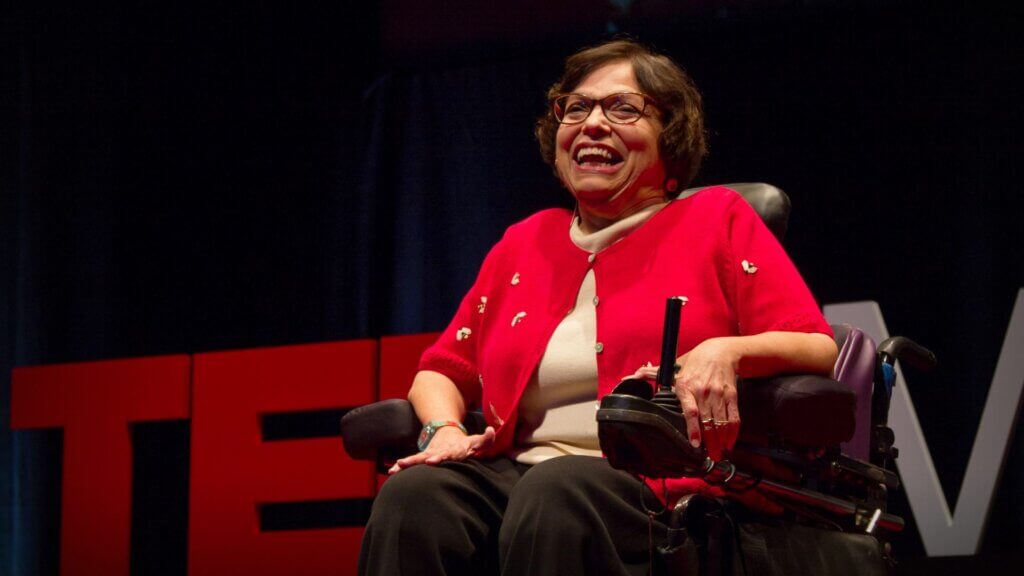In fact:
- According to a recent study, videos with captions have 40% more views compared to uncaptioned videos (PLYmedia).
- Viewers were 80% more likely to watch a video to completion when closed captions were available, the same study noted.
- Facebook found that captions increase video views by 12%.

A study by 3Play Media found:
- 98.6% of students find captions helpful.
- 71% of students without hearing difficulties use captions at least some of the time.
- 66% of ESL students find captions “very” or “extremely” helpful.
- 75% of students that use captions said they use them as a learning aid.
- 52% of students that use captions said captions help as a learning aid by improving comprehension.
Not only hearing-impaired learners benefit from captions. The most common reason students reported using captions in the study is to help them focus, but students also said captions help them retain information and can help them overcome barriers like poor audio, difficult vocabulary or in comprehension, particularly if the instructor has an accent.
Understanding Compliant Captioning is Essential
Making video content accessible is essential to maintaining compliance. Captioning regulations are typically set by Section 508 and Section 504 of the Rehabilitation Act and the Americans with Disabilities Act (ADA). In order to be fully compliant, captioning must be present on all videos used for training or teaching.
While the FCC standards are not required for Section 508 compliance, it may be helpful to understand these standards. FCC standards for internet video captioning are only required for content aired on television, not the internet, but they do provide ideal goals for educational institutions hoping to provide the best quality captioning.
Captions should be:
Accurate: Captions must relay the speaker’s exact words. Spelling, punctuation and grammar should be accurate 99 percent of the time.
Time Synchronized: Captions must accurately align with the video.
Complete: Captions must continue throughout the video, from beginning to end.
Placed Appropriately: Captions must be legible and placed to enable viewing of video content.
YuJa’s auto-captioning technology enables both Section 508 compliance, and complies with most aspects of the FCC standards for captioning.
Compliance Protects Your Institution from Litigation
While providing captioning is best practice to ensure accessibility, it’s worth noting that not maintaining compliance can have legal repercussions. An example in higher education are two lawsuits brought forward by the National Association of the Deaf (NAD) against Harvard and MIT, which alleged that the two institutions didn’t provide accurate and comprehensive captioning for online course materials offered in their free online programming.
These lawsuits, filed in 2015, were the first of their kind to address accuracy and quality of captions. Both Harvard and MIT settled with consent decrees in 2019 and 2020, respectively, that set captioning guidelines. The outcome of these lawsuits set a precedent for colleges and universities, who have an obligation to meet accessibility laws with regard to captioning.









